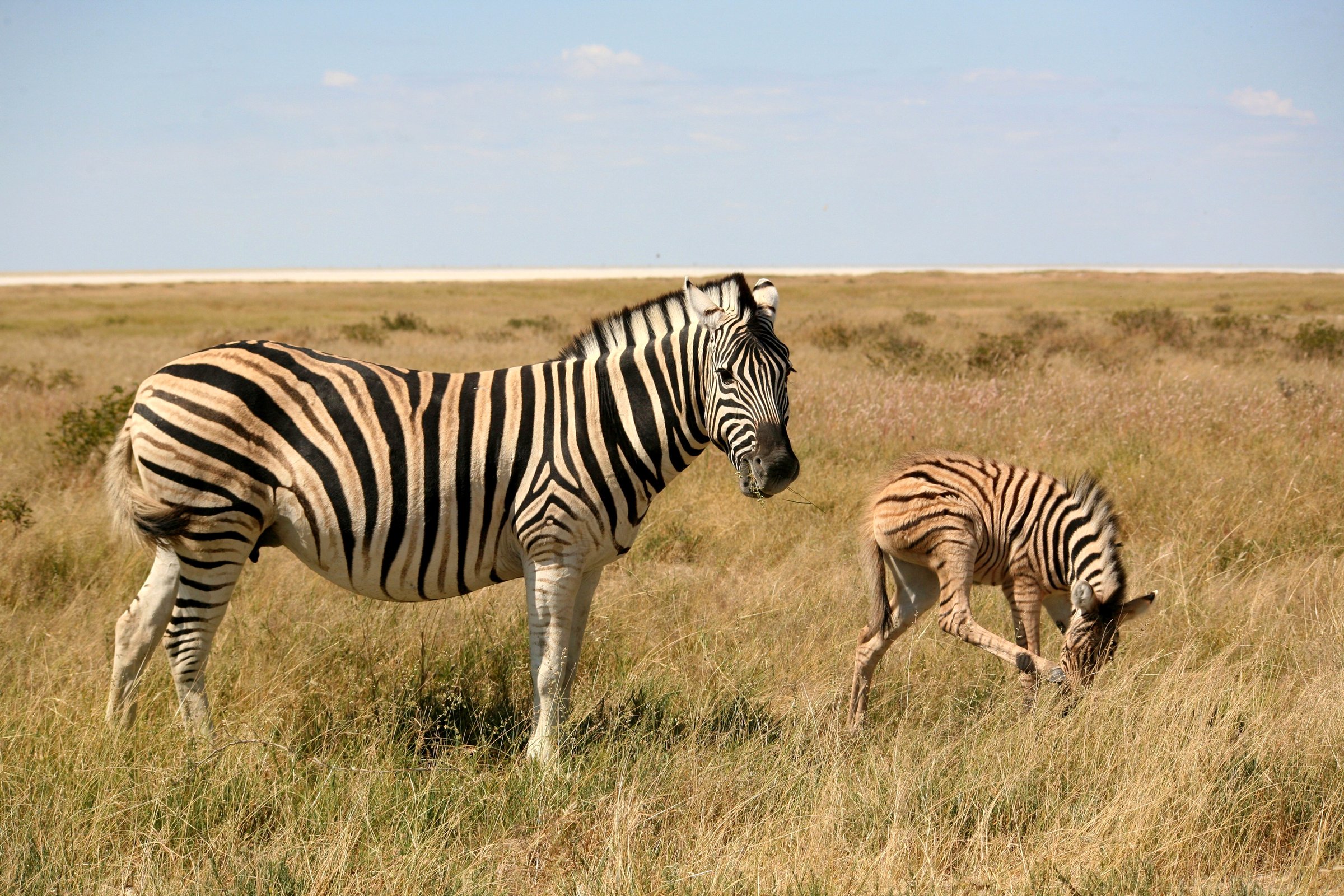Sep 18, 2016 · unlike plains zebras, which live in closed groups called harems, grévy’s zebras live in open societies where members cycle in and out, and males continually compete for. Apr 19, 2018 · the zebra's strong upper and lower incisor teeth are adaptations that help the it to break down these plants, enabling the animal to shear and chew effectively. Feb 3, 2025 · what other sounds do zebras make? While barking is one of the most distinctive sounds zebras make, it’s not the only vocalization in their repertoire. Zebras also produce a.
Sep 18, 2016 · unlike plains zebras, which live in closed groups called harems, grévy’s zebras live in open societies where members cycle in and out, and males continually compete for. Apr 19, 2018 · the zebra's strong upper and lower incisor teeth are adaptations that help the it to break down these plants, enabling the animal to shear and chew effectively. Feb 3, 2025 · what other sounds do zebras make? While barking is one of the most distinctive sounds zebras make, it’s not the only vocalization in their repertoire. Zebras also produce a. Zebras have strong, sharp teeth that allow them to efficiently graze on grass, and their digestive system is specialized for breaking down cellulose from plant material. In addition to grass,. Jan 30, 2025 · their habit of mutually grooming each other not only reinforces social bonds but also helps in removing pests from their coats. Zebras’ remarkable combination of physical. Each zebra has a unique pattern. While zebras may look identical from a distance, each one has a distinct strip pattern, much like human fingerprints. Scientists are still unsure why zebras. Jan 12, 2025 · zebras put their heads on each other primarily for rest, vigilance, and fly control. This unique practice highlights the complex social dynamics and survival strategies of these. This is a signal for warning each other to get into hiding or form a circle around any injured member in an attempt to ward away the predator.
Sep 18, 2016 · unlike plains zebras, which live in closed groups called harems, grévy’s zebras live in open societies where members cycle in and out, and males continually compete for. Apr 19, 2018 · the zebra's strong upper and lower incisor teeth are adaptations that help the it to break down these plants, enabling the animal to shear and chew effectively. Feb 3, 2025 · what other sounds do zebras make? While barking is one of the most distinctive sounds zebras make, it’s not the only vocalization in their repertoire. Zebras also produce a. Zebras have strong, sharp teeth that allow them to efficiently graze on grass, and their digestive system is specialized for breaking down cellulose from plant material. In addition to grass,. Jan 30, 2025 · their habit of mutually grooming each other not only reinforces social bonds but also helps in removing pests from their coats. Zebras’ remarkable combination of physical. Each zebra has a unique pattern. While zebras may look identical from a distance, each one has a distinct strip pattern, much like human fingerprints. Scientists are still unsure why zebras. Jan 12, 2025 · zebras put their heads on each other primarily for rest, vigilance, and fly control. This unique practice highlights the complex social dynamics and survival strategies of these. This is a signal for warning each other to get into hiding or form a circle around any injured member in an attempt to ward away the predator. Zebras also push their ears up and push. Zebras manage the grasslands by eating the tougher parts of grass, which benefits other herbivores such as wildebeests and contributes to a diverse grassland ecosystem.
Sep 18, 2016 · unlike plains zebras, which live in closed groups called harems, grévy’s zebras live in open societies where members cycle in and out, and males continually compete for. Apr 19, 2018 · the zebra's strong upper and lower incisor teeth are adaptations that help the it to break down these plants, enabling the animal to shear and chew effectively. Feb 3, 2025 · what other sounds do zebras make? While barking is one of the most distinctive sounds zebras make, it’s not the only vocalization in their repertoire. Zebras also produce a. Zebras have strong, sharp teeth that allow them to efficiently graze on grass, and their digestive system is specialized for breaking down cellulose from plant material. In addition to grass,. Jan 30, 2025 · their habit of mutually grooming each other not only reinforces social bonds but also helps in removing pests from their coats. Zebras’ remarkable combination of physical. Each zebra has a unique pattern. While zebras may look identical from a distance, each one has a distinct strip pattern, much like human fingerprints. Scientists are still unsure why zebras. Jan 12, 2025 · zebras put their heads on each other primarily for rest, vigilance, and fly control. This unique practice highlights the complex social dynamics and survival strategies of these. This is a signal for warning each other to get into hiding or form a circle around any injured member in an attempt to ward away the predator. Zebras also push their ears up and push. Zebras manage the grasslands by eating the tougher parts of grass, which benefits other herbivores such as wildebeests and contributes to a diverse grassland ecosystem.
Surprisingly Easy Dell ST2000NM0023 SATA Setup
Unlocking The Mystery Of SDFITS Files: The App Solution
The Unexpected YBA Hamon Stand That's Taking Over
